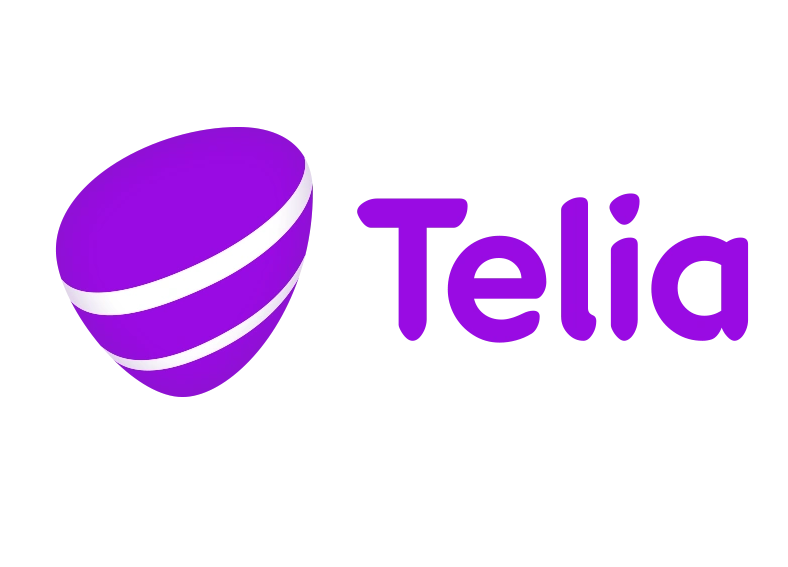Trump's tariffs put pressure on Harmonic's broadband biz
President Trump's ever-evolving tariff policies have cast a cloud on Harmonic's broadband business, which includes new nodes that power the cable industry's distributed access architecture (DAA) network upgrades.
While Trump's tariff policies – which are in the midst of a 90-day pause for reciprocal tariffs – will have little to no impact on Harmonic's video business, the company does anticipate "more significant impacts" on its broadband business, Harmonic CFO Walter Jankovic said Monday on the company's Q1 2024 earnings call.
Notably, one of Harmonic's primary third-party manufacturing sites is in Malaysia. "This is where we have the vast majority of our broadband node products manufactured," Jankovic said.
Additionally, a large majority of Harmonic's sales are to US-based customers. In Q1 2025, Comcast represented 34% of Harmonic revenues and charter Communications represented 12%.
No near-term changes to customer behavior
Jankovic said Harmonic has "a certain level of clarity for at least Q2," but also stressed that Harmonic has not seen any changes in customer behavior due to the tariffs. However, some analysts have speculated that Trump's tariffs could slow the pace of some cable network upgrade projects.
Harmonic is exploring ways to mitigate the short-term impact of the tariffs and is also taking a look at longer-term supply chain options as new policies continue to shake out amid US negotiations with individual countries.
"We are actively exploring options to offset tariff sensitivity, including optimizing our supply chain, cost management and taking price actions where appropriate," Jankovic said.
But Harmonic is not yet ready to outline any specific tariff-related moves. "We really need to understand what is going to be the permanent tariff environment … That will allow us to do the appropriate assessment to determine if there are other options that would be beneficial to us and our customers," Jankovic said.
Given the fluidity of the tariff situation, Harmonic has not updated full-year 2025 guidance.
Investors don't seem to be overly concerned about how Trump's tariff policies will impact Harmonic in the near-term. Harmonic shares were down 15 cents (-1.56%) to $9.16 in Tuesday morning trading.
Waiting for DOCSIS 4.0
Harmonic execs reiterated that 2025 is expected to be a down year for broadband as the emergence of "unified" node, amplifier and modem chips for DOCSIS 4.0 affect the deployment timing of some cable operators.
But they're not standing still, either. Harmonic started "volume shipments" of unified remote PHY devices and is on track to launch a unified RF front-end in the second half of 2025, Harmonic CEO Nimrod Ben-Natan said. He also pointed to Harmonic's recent win with Astound Broadband and a deal with an additional, but yet-to-be-named, second top-five North American cable operator that will start to deploy unified D4.0 in the second half of 2025.
Ben-Natan noted that Harmonic recently demonstrated downstream speeds of 13 Gbit/s on a "live unified system," well ahead of DOCSIS 4.0's general target of about 10 Gbit/s.
Harmonic expects to see D4.0 deployments ramp in 2026.
Financial snapshot
Harmonic posted Q1 sales of $133 million, beating the $128 million expected by analysts.
Broadband revenues rose 7.6% to $84.9 million, and video revenues climbed 11.8% to $48.3 million.
Harmonic was less reliant on Comcast (34% of revenues) and charter (12% of revenues) in Q1. In the prior quarter, Comcast represented 43% of revenues and charter represented 24% of revenues. The moderation at charter "likely reflects some absorption of inventory," and sales to charter should improve throughout the year, Raymond James analyst Simon Leopold explained in a research note.
Harmonic made some progress with "cOS," its virtual cable modem termination system (vCMTS) that is equipped to support both hybrid fiber/coax (HFC) and fiber-to-the-premises (FTTP) access networks. Harmonic added two cOS customers in the quarter, for a total of 129. Another 1.9 million cable modems were operating on cOS by quarter's end, for a total of 33.9 million.
Harmonic ended the year with $148.7 million in cash, up from $47.3 million in the year-ago period.
For Q2, Harmonic expects its broadband unit to deliver revenues in the range of $75 million to $85 million, and it forecasts that its video business will pull in $45 million-$50 million. Harmonic's Q2 guidance on margins includes an estimated tariff impact of about $3 million.





